As physiotherapists that works with women who are pregnant and women’s health (pelvic floor physiotherapy) and many of us parents ourselves, we find that often women have many questions while pregnant.
Shouldn’t I be sore? Isn’t it normal to have pain while pregnant?
A little bit of pee when I sneeze/laugh/stand-up is ok though right?
My answer to this in short is NO! Often newly pregnant women will be told a variety of things to appease them in reply to many complaints.
well it’s what you signed up for…
you’re pregnant, what did you expect?
Women are often otherwise brushed off when concerns of pain are raised. This is beginning to change! Women who are pregnant need not be in pain, discomfort or other physical distress; and are often not accepting these as answers to their concerns. Often, physiotherapy can help!
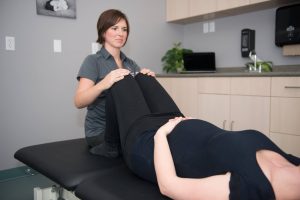 Pelvic Girdle Pain
Pelvic Girdle Pain
First up PGP or pelvic girdle pain (think your gluts or bum, pubic bone and hips). This can often be addressed with not only manual skills of a physiotherapist but also home programming and Rost Therapy “rescue” exercises. We work with women who are pregnant to assess and determine their specific underlying causes of the pain and provide you with a home program that helps you help yourself. Our basic principle is, if we are able to do something in-clinic to help a client to feel better then we should be able to provide a home exercise to help keep it that way. Rost Therapy in particular takes a look at pelvic symmetry and utilizes the muscles that attach around the pelvis to promote symmetry. This can be provided to you with some home exercises to help. To us there is nothing worse (from treatment perspective) than providing a treatment the client must continue to return and pay for over and over, ultimately not allowing them to continue their progress at home. In the image above you can see the start of the Rost Symmetry position (feet together, knees apart), often when in this position individuals experiencing SIJ pain will have one knee sitting higher than the other.
How can I help PGP now?
Check how you are sitting or laying. We often want to cross our knees or pull them together; this creates tight muscles and tension in the inner thigh which can be an underlying cause pelvic girdle pain. Instead of crossing your knees, cross your ankles and let your knees sit open (wider than your hips). This is also why when laying on your side we suggest you place a pillow between your knees (think thick enough to lift knee to hip height). This will encourage relaxation and decreased tension in those inner thigh muscles.
Pelvic Health Issues
Now, the pelvic floor and pregnancy. We get many women who are pregnant coming into the clinic that are anxious because they haven’t been ‘doing their kegels’. Do no fret, we do not necessarily recommend kegels to women who are pregnant. Let’s think of the reason why for a minute. Kegels are a strengthening exercise for your pelvic floor muscles. These muscles are like a sling between your pubic bone and tail bone, and their main function is to close the anus, urethra and tighten the vagina. Essentially kegels are intended to pull everything up and in. Now, when we go into labour, we want the babies to come down and out. See my predicament? We work with women to promote pelvic floor relaxation and function, as well as labour and delivery prep of the pelvic floor.
Leaking, pain with intercourse, back pain, hip pain, and constipation can all be signs of pelvic floor dysfunction!
How can I help my pelvic floor now?
Relax that pelvic floor! If you’re sitting in a chair imagine that you are trying to drop your vagina/vulva towards the chair (similar sensation to relaxing prior to a bowel movement) while breathing in, then rest as you exhale. This is an active relaxation.
Many times when we see women for pelvic floor therapy we find the pelvic floor is very tight and high. Anyone only ever really talks about the kegel ‘strengthen the pelvic floor!’ and strengthen we try. Without a balanced relaxation all we do is shorten. Imagine you go to the gym and you want to do bicep curls (hand to shoulder) and someone tells you to just pull up and hold there for 10 seconds, rest for 1 second then repeat. Your elbow wouldn’t straighten all the way down and it would begin to stay bent. This decreased relaxation causes tight and short muscles which makes it very difficult for them to do their job, which at this time (pregnancy) the end goal is allowing a baby down and out. This could be one (of many) reason women are experiencing higher degree tearing of the pelvic floor during delivery.
No one individual is the same, and each assessment will lead to different treatment plans for my clients. Which is why I recommend a comprehensive prenatal assessment when pain starts, or at approximately 32-36 weeks gestation prior to delivery for delivery prep. Keeping these things in mind could save you later.
In a nut shell: don’t ‘sit like a lady’ and relax that pelvic floor!

Haylie has been practicing pelvic health and focused in prenatal and post-partum care since graduating from the U of S MPT program in 2011. She now adds to this education and treatment, her knowledge and experience in pediatric pelvic health providing workshops and presentations in addition to assessment and treatment. Haylie has been advocating for treatment for women, ensuring appropriate and effective care throughout pregnancy and post-partum, and helping all expecting and post-partum moms since she started practicing. This ultimately brought her to open her family-friendly clinic in 2014. At Warman Physio clients are encouraged to bring their infants and children to treatment if they need. Haylie was recognized as YWCA Women of Distinction finalist for Health & Wellness in 2017, the ABEX Young Entrepreneur Award Recipient in 2018, and a finalist in the 2019 SABEX and WMBEXA Awards.

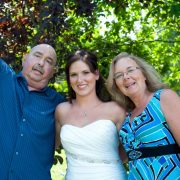
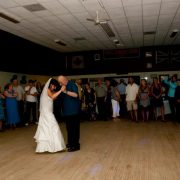
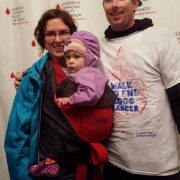
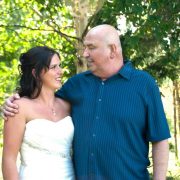

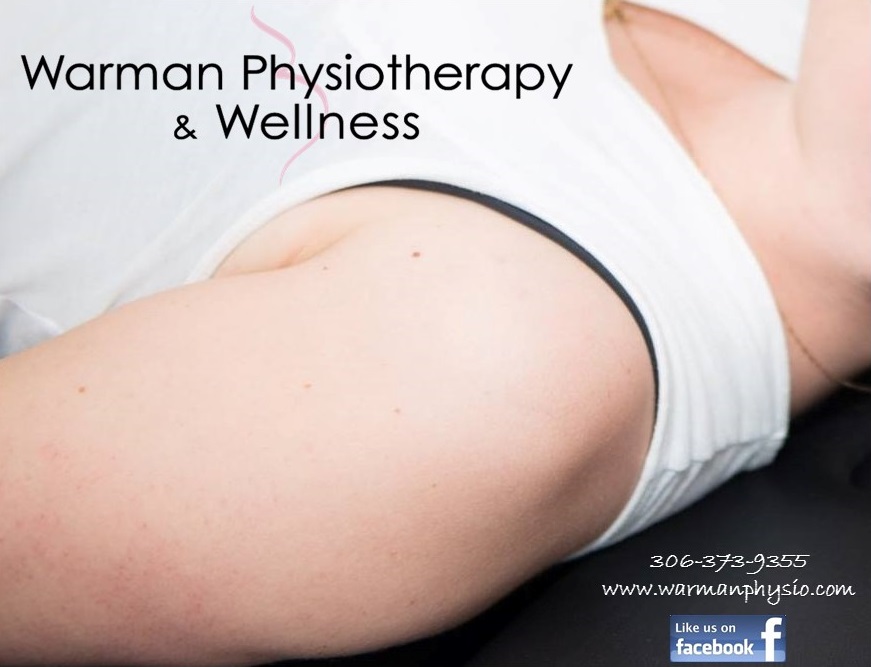
 Pelvic Girdle Pain
Pelvic Girdle Pain
